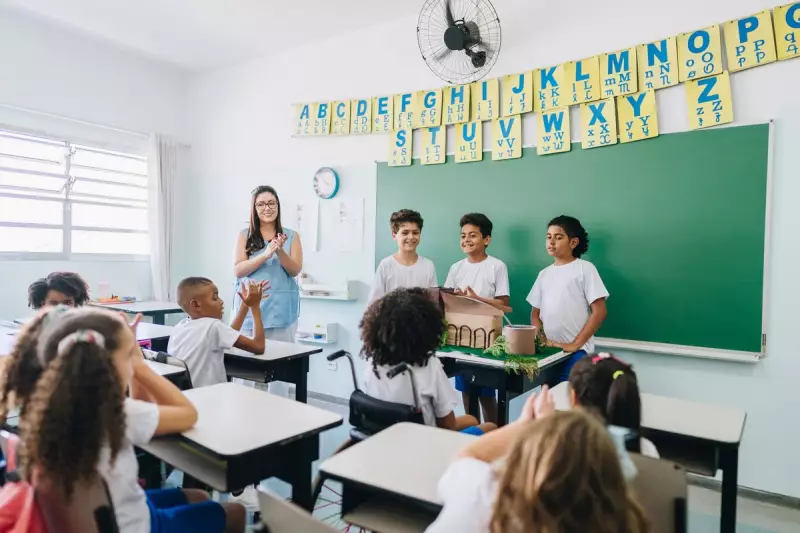
A mysterious number is causing major headaches in classrooms across Britain, and it's not a maths problem. The viral '67' meme has become so disruptive that schools are taking unprecedented measures to ban it from their premises.
What Does '67' Actually Mean?
Unlike traditional slang that evolves over years, internet memes can spread like wildfire through platforms like TikTok and Instagram. The '67' phenomenon represents a particularly puzzling case for educators and parents alike. While its exact origins remain shrouded in mystery, the number has taken on multiple meanings depending on context and delivery.
Why Schools Are Taking Action
Educational institutions report that the meme's popularity has led to significant classroom disruptions. Students shout "67!" at random intervals, scrawl the number on whiteboards, and incorporate it into assignments where it doesn't belong. This has created an environment where learning is constantly interrupted by what appears to be an inside joke that excludes teachers.
One headteacher from a London secondary school explained: "We've reached a point where the constant repetition of '67' has moved from being mildly amusing to actively preventing students from focusing on their work. It's become a behavioural issue we can no longer ignore."
The Bigger Picture: Internet Culture vs Education
This situation highlights the ongoing challenge schools face in managing the influence of internet culture within educational settings. The rapid spread of viral trends through social media means that classroom disruptions can emerge almost overnight, leaving teachers scrambling to respond.
What makes the '67' meme particularly challenging is its ambiguity. Unlike previous viral challenges that had clear rules or objectives, this number-based phenomenon thrives on its mysterious nature, making it difficult for educators to address directly.
Looking Forward
As schools implement bans and discuss the meme in assemblies, the '67' phenomenon serves as a reminder of how quickly digital culture can impact real-world environments. While the specific meme will likely fade, the pattern of viral disruptions in classrooms is here to stay, requiring ongoing adaptation from the education sector.





